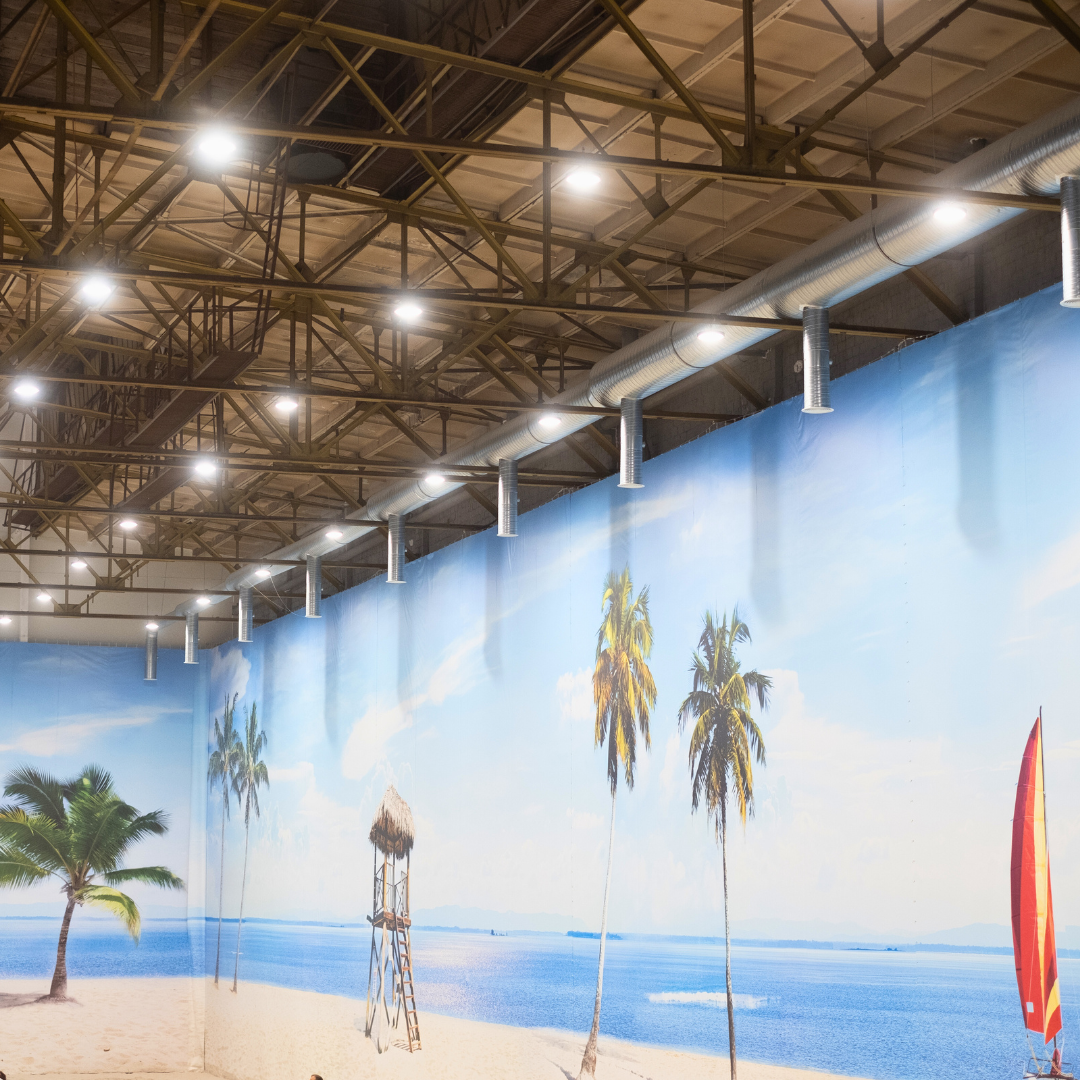
No Boat, No Lake, No Problem: Why Indoor Wakesurfing Could Unlock a Whole New Market
Share
Wakesurfing Without the Wake
Picture this: You're living in a major metro area. You’re landlocked. No boat. No lake. No vacation time to burn. But every Friday night, you and your crew head to a sleek venue where wakes are rolling on repeat and board shorts are the unofficial dress code.
This isn’t just a dream, it’s an opportunity hiding in plain sight.
As wakesurfing continues its meteoric rise in the world of watersports, we’re still facing a major barrier to entry: access. Unlike other booming recreational sports like climbing or skiing—both of which now thrive indoors, wakesurfing is still chained to its traditional setup: expensive boats, open lakes, perfect weather, and the right time of year.
But what if we could change that?
The Access Problem in Wakesurfing
Let’s be honest—wakesurfing is an incredible sport, but it’s not exactly accessible. Getting on the water typically requires a wakesurf-ready boat, which can cost well over $100,000. Even if you have the gear, consistent access to a lake often comes with seasonal limitations, permits, or the need for a private dock. Every session also depends on having a driver, buying fuel, managing upkeep, and coordinating schedules, all before you even get in the water.
Now compare that to the simplicity of an indoor climbing gym or a night at Topgolf. You book a session, show up with friends, and everything is ready to go. There’s no weather to worry about, no prep work or tear-down, just a great social experience. And you’re back home in a couple of hours. That’s the kind of frictionless, repeatable experience indoor action sports have mastered, and wakesurfing is poised to follow their lead.
What an Indoor Wakesurf Venue Solves
-
Year-Round Riding
An indoor venue solves the seasonality problem. With controlled water temperature, lighting, and no weather dependencies, riders can surf all year long, even in snowy Colorado or rainy Seattle. -
No Boat Required
Artificial wake systems are in development that simulate the continuous, surfable wake behind a boat. Think standing wave tech tuned specifically for skim- and surf-style boards. With no need for boats, venues can cut cost and complexity, while increasing safety. -
Scalable for Progression
Just like ski slopes and climbing gyms have beginner to expert routes, wakes can be tuned to match skill levels. From mellow rollers for first-timers to steeper, performance wakes for learning new tricks, progression becomes more structured and trackable. -
Accessible to the Masses
Instead of a five-figure investment, riders could pay $30–$50 per session, rent gear, and ride multiple waves in a single session. With memberships and group packages, it becomes something people can do every week—not just on vacation.
A New Kind of Customer
An indoor wakesurf park isn’t just for the hardcore riders, it opens the door to an entirely new audience. College students looking for something fun to do after class could drop in for a session between study breaks. Kids and teens could join structured learn-to-surf programs that build skills in a safe, controlled environment. Corporate groups could book wakesurf outings as unique team-building experiences that go beyond the typical bowling night. Action sports enthusiasts could chase their next adrenaline rush without needing a mountain or a skatepark. And competitive riders could train year-round, dialing in tricks and routines no matter the season.
This is the same playbook that launched climbing gyms into the mainstream, helped snowboarding grow in places like Dubai, and turned Topgolf into a $3 billion business. Wakesurfing is ready for that same leap—one wave at a time.
The Tech Is Almost There
Artificial wake and surf systems are evolving fast. Companies like Citywave, FlowRider, and Endless Surf have shown how stable, repeatable wave mechanics can work in a commercial setting. With more R&D, we’ll soon see the first systems fully optimized for wakesurf-style riding.
Add in digital ride tracking, coaching overlays, trick scoring, and even league play—and you’ve got an ecosystem that can grow with the rider.
It’s Not Just a Sport—It’s an Experience
The rise of experience-based entertainment has changed how we engage with sports. People want challenge, fun, and community—all in a repeatable, shareable, social format.
Wakesurfing already feels like that on the lake. Now we just need to bring it to the city.
